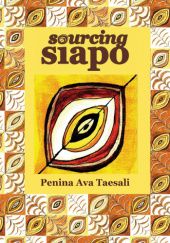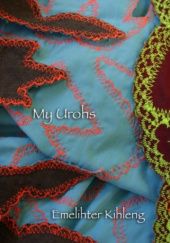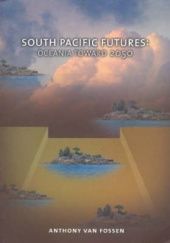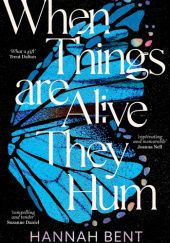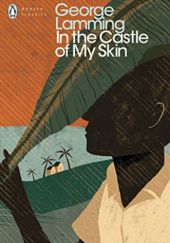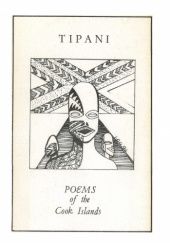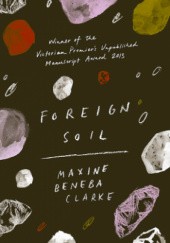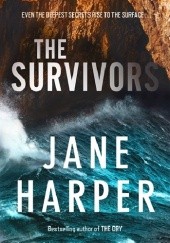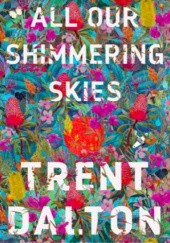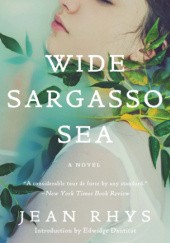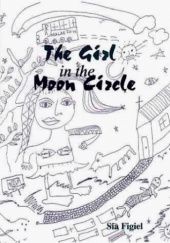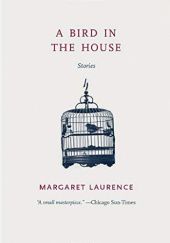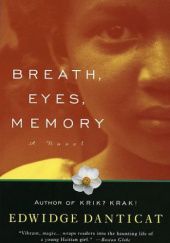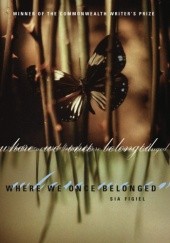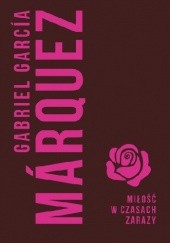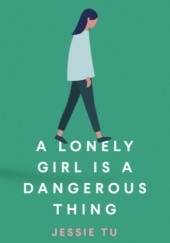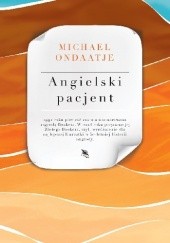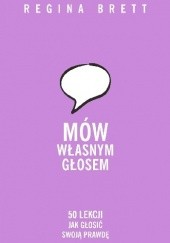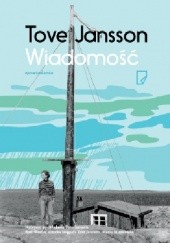Opinie użytkownika
One of the notes to „Sourcing Siapo” of making Siapo, the traditional Samoan cloth, is “[i]t is women’s work only and it is very hard work” (Ava Taesali 2016 ) January is the oldest daughter of ten siblings. Their mother remarried after raising seven children with her first, beloved by the offspring Samoan father. After divorce, father Tamā is forced to leave the family...
więcej Pokaż mimo toThe colonization of Pacific Islands has left irreversible changes on language and culture of Pohnpei people in Micronesia. Through the first explorers’ invasions to modern tourism, the landscape and identity are the subject to constant changes and modifications. The battle between the westernized lifestyle and heritage cultivation is strongly visible in, for instance, “Like...
więcej Pokaż mimo toSouth Pacific Futures: Oceania toward 2050 analyses five different approaches in foreseeing South Pacific socio-economic realities— Globalisation and Doomsday, Oceania and Empowerment, Dependency and World-System, MIRAB (Migration, Remittances, Aid and Bureaucracy), finally Asianisation and Ethical Decision. The future of Pacific Islands in next decades is being analyzed...
więcej Pokaż mimo to
Sia Figiel’s most recent novel Freelove tackles the variety of subjects which include pre-palagi (pre-European) kastom, missionary society, Mead vs Freeman controversy, traditional aiga (family clan) values, education in science, respect to elders, finally, importance of courage:
Rather than dreaming up ways of escaping reality, your perpetual duty is to face reality and...
The story of the two sisters, Marlowe and Harper, charms and strikes a chord in reader’s heart. Strengthening the importance of sisters’ love, attachment, and engagement, the novel illustrates the hardship of grief. When I first reached out for this book I was aiming to find a birthday present for my sister however ended up being completely delighted by its formula. I was...
więcej Pokaż mimo toOne of the comments made by the reviewer of George Lamming’s work, V. S. Pritchett was: “We are in the heart of a coloured or half-coloured community, sharing its sudden, unreasonable passions… its naïve illusions about the world outside” (qtd. in Brown 681). I believe that as many ambitious novels, In The Castle of My Skin is challenging to read and touches compound...
więcej Pokaż mimo to
Tipani comprises the selected poems of Ian George, Christine Hatcher, Harry Ivaiti, Jon Jonassen,
Kauraka Kauraka, Florence Syme, Makiuti Tongia, and Manu Tutapu. The volume tackles complex problematics of racism “Racial Discrimination”, sense of belonging “Coral Beach”and “Home”, morality “My Dad”, nostalgy “Shell” and “When I Leave”, love ”Mother”, self-disclosure “I...
In her preferred short length stories, Maxine Beneba Clarke introduces the characters from Australia, Jamaica, England, Sri Lanka, and Uganda. In her piercing responses to Tony Britten’s questions on the Foreign Soil collection, the author admits its nature is semi-autobiographical as some of her stories were inspired by political events and her personal experience:
Harlem...
Jane Harper, Australian author of the bestsellers such as The Dry (2016) is with no doubt one of the most recognized crime novelists. The landscapes in her stories illustrate the mysterious and inhospitable small towns full of secrets hidden away from outsider’s eye. In her interview for ANU TV, Jane Harper explained that “the core of The Survivors is this story set in a...
więcej Pokaż mimo to
‘The sky gifts,’ Molly says. She likes those words. ‘Just for me?’
‘Just for you, Molly. But you have to keep your eyes on the sky. You have to keep looking up.’ Violet points at the sky. (14)
The novel begins with the gravedigger’s daughter being abandoned by her mother who must leave. Molly Hook reminds herself to stay strong as the day and night sky protect her and...
Wide Sargasso Sea self-consciously reflects upon writing, power, and knowledge. The symbolics and concepts presented in prose and novels are popular and can shape new tendencies and definitely did especially in 19c when written stories had a strong influence on the society. Jane Eyre’s representation of Jamaican mad wife, Bertha Mason, is highly connected to her country of...
więcej Pokaż mimo toBorn in 1967 in Matautu Tai, Upolu, Sia Figiel has pursuit her later education in New Zealand and in the United States of America. Her artistic expression through writing and painting has been highly recognised and awarded what enabled her to become a full time author (Benson & Conolly). In her second publication The Girl in The Moon Circle (1996) published soon after her...
więcej Pokaż mimo toA Bird in The House is a collection of stories particularly relevant to study from the perspective of recent events in Canada due to the discovery of the 215 children mass grave. The post colonial reality is observed and narrated from the perspective of a young girl Vanessa. She comments on the events from her childish point of view however relates to them after all as an...
więcej Pokaż mimo toThe horrific Duvalier regime lasting from 1957-1986 had as its aim to break women’s spirit, deprive them from their ability to vote and basic human rights changing females to “enemies of the state” (Francis 78). This dark period degrading women as people allowed criminals and other assaulters to hurt innocent people. Edwidge Danticat’s novel analyses many aspects and forms...
więcej Pokaż mimo toSia Figiel’s stories place women in a first place as the ones experiencing injustice and finding their ways to cope with pain and isolation individually. She illustrates the hardship of belonging, trauma, physical and emotional violation, and gender inequalities. The strength of the protagonists underlines the necessity of speaking out the truths and sharing stories from...
więcej Pokaż mimo to“Miłość w czasach zarazy” bawi, wzrusza, skłania ku refleksji i przypomina o kruchości egzystencji, sile determinacji oraz nieubłagalnym przemijaniu czasu. Życie doktora Urbino oraz Florentino Arizy powiązane jest miłością do pięknej i wyniosłej Ferminy Dazy. Swoimi zabiegami o jej uczucie reprezentują dziewiętnastowieczne odzwierciedlenie odmiennych światopoglądów i...
więcej Oznaczone jako spoiler Pokaż mimo toRecent social movements and actions #stopasianhate underline the necessity of eliminating harmful race stereotypes. In her novel, A Lonely Girl is a Dangerous Thing, Jessie Tu unveils the superficial and derogatory character of international labels. By accompanying the main protagonist Jena Lin, the reader becomes familiar with the sexist remarks and predicaments young...
więcej Pokaż mimo toLektura była zdecydowanie nietypowa, bardzo romantyczny, niewyraźny obraz wydarzeń przywodzi na myśl sen lub marzenie. Efekt nierzeczywistości oraz oscylowanie między porównaniami, wspomnieniami a zdarzeniami, pomimo całego swojego uroku sprawia, że bardzo ciężko nadąża się za akcją powieści. Nie spodziewam się zajrzeć w przyszłości do żadnej z innych twórczości tego...
więcej Pokaż mimo toBardzo trudna lektura, ponieważ angażująca i zachęcająca by brać sprawy w swoje ręce być odpowiedzialnym za swoje czyny. Nawiązanie do II wojny światowej, współczesnych bohaterów, wielkich mówców ale również problemów takich jak znęcanie, napaść seksualna, gwałt, agresja jest przykre i sprawia, że każdy przypomina sobie o podstawowych moralnych wartościach, o których czasem...
więcej Pokaż mimo to
Histeryczna, nerwowa, przesadzona, nienaturalna, często nudna. W odróżnieniu od literatury popularnej, która skłania ku refleksji o wartościach ponadczasowych i podniosłych, T. Jansson porusza przyziemne i nieatrakcyjne tematy dotyczące złości, próżności, zazdrości, dumy, zgryzoty i depresji.
Co więcej, struktura każdego z opowiadań jest niemalże taka sama, wszystkie...






















